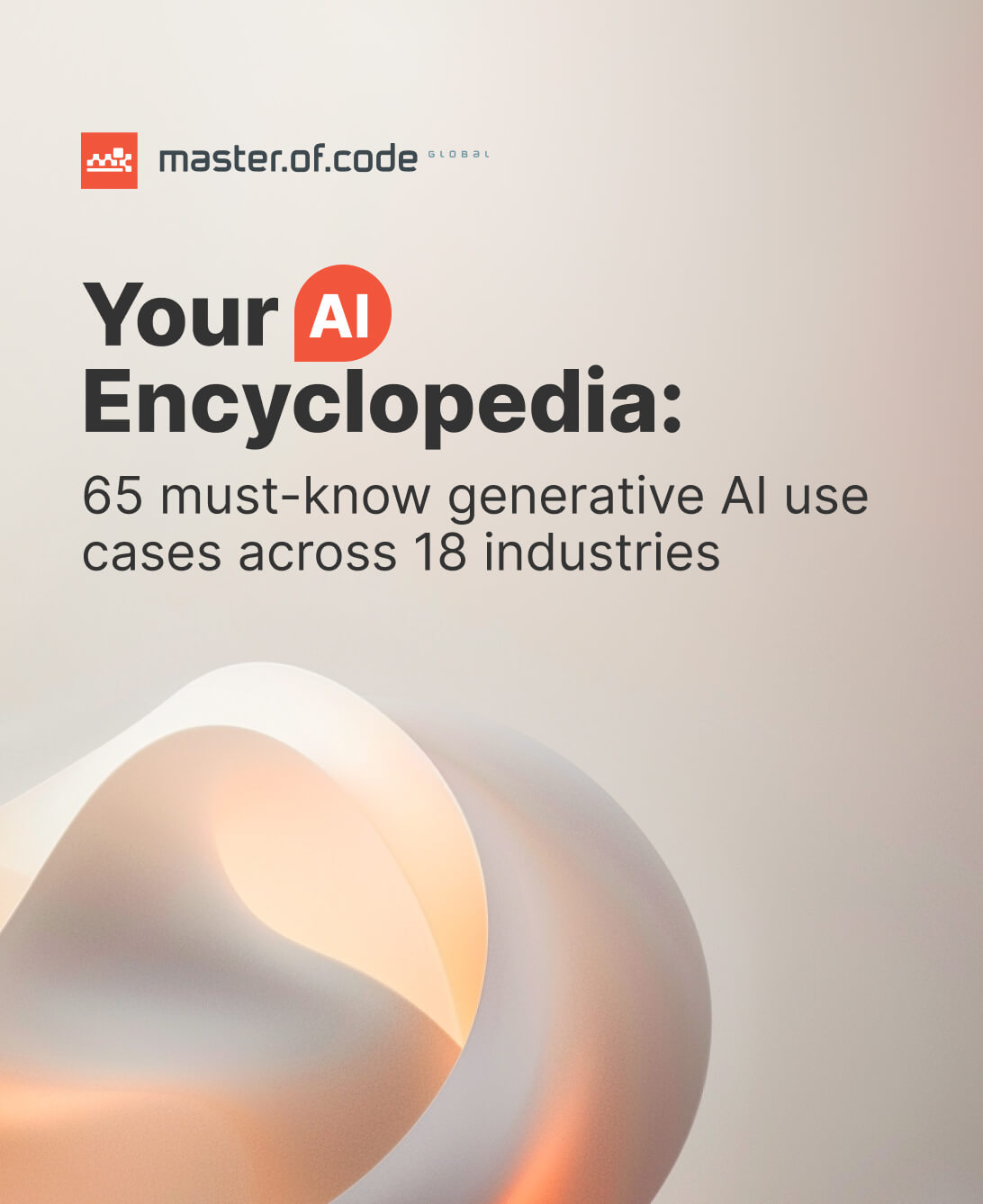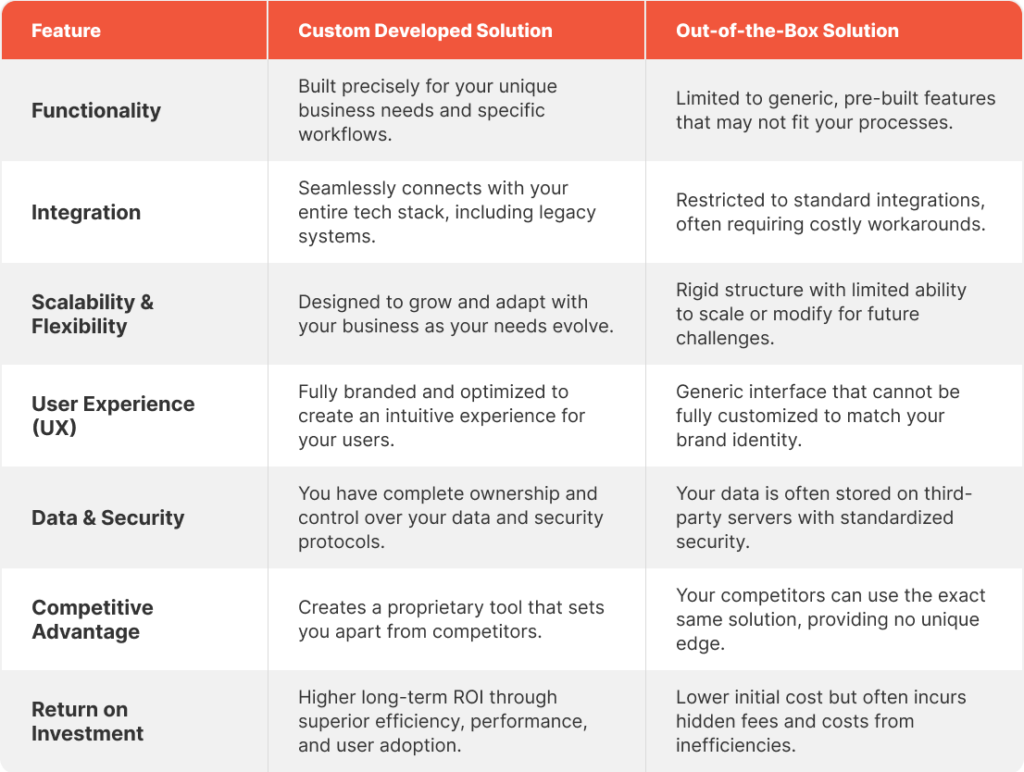
Tom Ford
AI Chatbot
-
 8,000+
users effectively engaged
8,000+
users effectively engaged
-
 2,000+
product clicks on the site
2,000+
product clicks on the site
-
 1
month promo campaign
1
month promo campaign
Master of Code Global helped Tom Ford Beauty engage their audience during the holiday season and generate new leads with an AI chatbot
Learn More
Burberry
Chatbot
-
 Enhanced buyer engagement and loyalty
Enhanced buyer engagement and loyalty
-
 Increased online sales and revenue generation
Increased online sales and revenue generation
-
 Strengthened brand image and differentiation
Strengthened brand image and differentiation
Master of Code Global developed a Conversational AI concierge, integrated into Facebook Messenger, for a luxury global brand.
Learn More
Travel
Chatbot
-
 3x
higher conversion rate
3x
higher conversion rate
-
 $300K+
revenue in first 90 days
$300K+
revenue in first 90 days
-
 89%
reply rate
89%
reply rate
We created a friendly, guided conversational experience that allows users to self-serve and get immediate answers to their pressing concerns
Learn More
Aveda
Chatbot
-
 +378%
growth in lifetime users
+378%
growth in lifetime users
-
 6,918
bookings in 7 weeks
6,918
bookings in 7 weeks
-
 7.67x
weekly booking increase
7.67x
weekly booking increase
Master of Code created the appointment booking Aveda Chatbot, with an additional feature set to connect users to their customer service team
Learn More
Dr. Oetker
Chatbot
-
 Engaging virtual assistant
Engaging virtual assistant
-
 Authorized contest entry
Authorized contest entry
-
 AR filters on Instagram for more fun
AR filters on Instagram for more fun
Giuseppe Virtual Assistant on Messenger promoting the Easy Pizzi product and driving engagement for their contest.
Learn More
Car Dealership
Chatbot
-
 195
different dealerships
195
different dealerships
-
 14
brand models to choose
14
brand models to choose
-
 79
vehicles editions
79
vehicles editions
Master Of Code Global developed an un-authenticated web messaging with an FAQ bot powered by Generative AI.
Learn More










 Sports
Sports San Francisco, California
San Francisco, California 201-500 Employees
201-500 Employees Online Review
Online Review
 Verified
Verified








